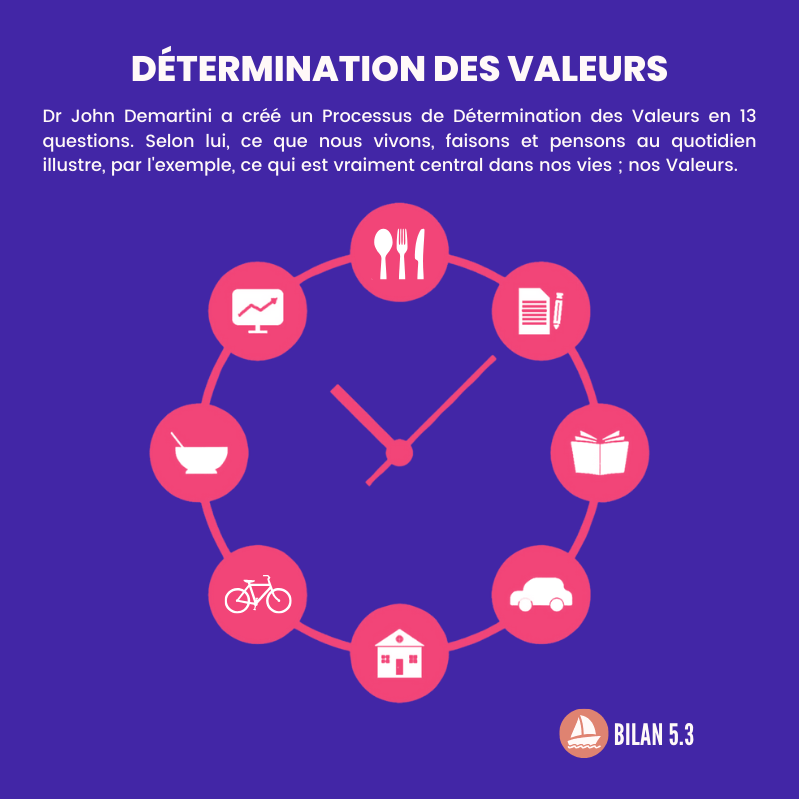1. How to prevent the deposition of dental plaque?
It only takes 48 hours without brushing for dental plaque to solidify and become more difficult to remove. It is therefore necessary to adopt from an early age, a ritual to take care of your teeth:
1. According to the recommendations of the UFSBD, it is recommended to brush your teeth at least twice a day after each meal, for a period of 2 minutes. To guarantee perfect effectiveness, it is important to use a good brushing technique, that is to say a suitable toothpaste and toothbrush, with good gestures.
2. Make a habit of using dental floss or brushes. 87% of French people neglect their interdental spaces*. However, it is important to know that the toothbrush can only reach 60% of the surface of the teeth. The interdental brush and dental floss are therefore necessary to perform a 100% cleaning. The little extra to complete your ritual is the use of mouthwash, which reduces the formation of dental plaque and strengthens the enamel.
3. Make regular appointments with the dentist. Because old plaque is more difficult to remove by brushing, and only the dentist can remove tartar, it is essential to consult him at least once a year.
*UFSBD & Pierre Fabre Oral Care survey, conducted among 29,900 people in January 2019
2. When and how to sensitize children?
Composed of bacteria that multiply between two brushings, dental plaque contributes to the appearance of cavities. The main goal of regular brushing is to prevent its buildup, especially at the base of the teeth and away from braces. But how do you educate children about regular brushing and good brushing technique?
The first step is to make parents aware of the importance of cleaning the oral cavity. Dental plaque is not always easy to visualize because it is whitish in color, which means that parents underestimate this bacterial presence and the interest in eliminating it. They must make sure to show the brushing technique on the child because oral explanations are not enough. From the eruption of the first tooth, it is necessary to start brushing gums and teeth. Then at the appearance of the 1eras molars, it is important to explain the importance of brushing and its technique. Over the years, even if the child gains precision in his gestures, the help of the parents is essential until at least 8 years old and supervision until 9-12 years old.
To help parents and practitioners in their approach, there are products intended to color dental plaque and to objectively measure the effectiveness of brushing. In 2019, Pierre Fabre laboratories developed, in collaboration with dental surgeons, a plaque revealing toothpaste intended for the whole family, truly unique on the market. This educational toothpaste allows everyone, young and old (from 7 years old), to learn how to brush their teeth better: in fact, it colors the dental plaque in green to reveal the areas forgotten during brushing which are to be replaced. brush. Regular use, alternating with a classic toothpaste, ensures that the brushing technique remains effective and, thus, to anchor this technique in everyone’s habits.
3.What about fluoride?
To avoid carious diseases, it is necessary to favor the twice-daily application of toothpaste containing fluoride in concentrations adapted to the age of the child because there is no other molecule to date that is as effective.
According to the recommendations of the UFSBD, for a child over 6 years old, if the caries risk is low, a toothpaste between 1000 and 1450 ppm of fluoride will be recommended.















